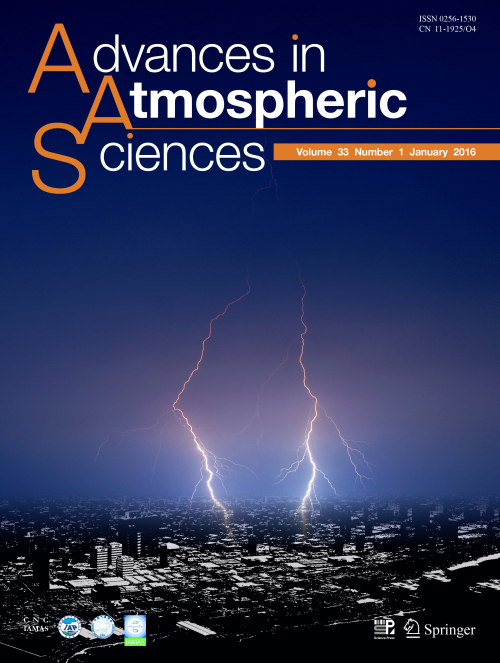A Lightning Forecasting Method Based on Ice-phase Particles in Cloud
Date:2016-02-25
Elusive and changeable, lightning is full of mystery. This nimble elf jumps over the clouds and sometimes hits the ground, causing human casualties and damage to buildings and infrastructure. Scared by the power of lightning, in ancient times, humans explained lightning activity as God’s anger. But, with the advancement of science and technology, people began to realize the true nature of lightning. Because of its destructive power, we continually attempt to develop effective lightning forecasting methods, with the ultimate aim to prevent the occurrence of lightning-related disasters and damage. However, owing to the complexity and spontaneity of lighting activity, it remains a great challenge to forecast lightning effectively.
Professor QIE Xiushu of the Institute of Atmospheric Physics, Chinese Academy of Sciences, and her research group, have been comprehensively analyzing lightning activity using various kinds of observational data and high-resolution numerical simulations. Through these studies, they have linked lightning activity to dynamical, microphysical and thermodynamical processes in clouds. And based on their latest findings, a lightning forecasting method based on ice-phase particles in cloud has been developed.

The cover of Advances in Atmospheric Sciences Issue 1, 2016. The cover art design is reproduced from a photo taken by Dr. WANG Zhichao, a member of the IAP research group, during Shandong Artificial Triggering Lightning Experiment on August 12, 2013 (UTC+8). It shows a natural negative cloud-to-ground lightning flash with double ground terminations.
In one of the group’s studies, Dr. LIU Dongxia analyzed the lightning activity associated with a squall line in Beijing. She found that the lightning was mainly located in those regions with an intense gradient of radar echo, and a significant tripole electrical structure was also found in the cloud. Based on the mesoscale RAMS model, charge and discharge parameterization schemes were coupled into related dynamical, thermodynamical and miscrophysical processes, resulting in the construction of a RAMS-Electric model. Using this coupled model, the group successfully reproduced the evolution of a thunderstorm and found that the developing stage of the thunderstorm was characterized by a dipole charge structure, while its mature stage was characterized by a tripole electrical structure.
Further studies by Dr. LI Wanli indicate that a region with lightning possesses stronger ascending motion and a greater quantity of large hydrometeor particles (e.g., graupel) than one without; whereas, small hydrometeor particles (e.g., ice) show little difference between two such regions. According to the close relations between lightning activities and ice-phase particles in cloud, precipitable and nonprecipitable ice particles are distinguished, which are then used in calculations for forecasting. Based on these relationships, a method to forecast lightning activity has been developed, demonstrating substantial improvement compared with preexisting forecast schemes.
References
Li, W., X. Qie, S. Fu, D. Su, and Y. Shen, 2016:
Liu, D., X. Qie, L. Peng, and W. Li, 2014:
Qie, X., D. Liu, and Z. Sun, 2014:
Liu, D., X. Qie, Y. Xiong, and G. Feng, 2011:
Contact:
Dr. QIE Xiushu, qiex@mail.iap.ac.cn; Dr. LI Wanli, lwl@mail.iap.ac.cn
